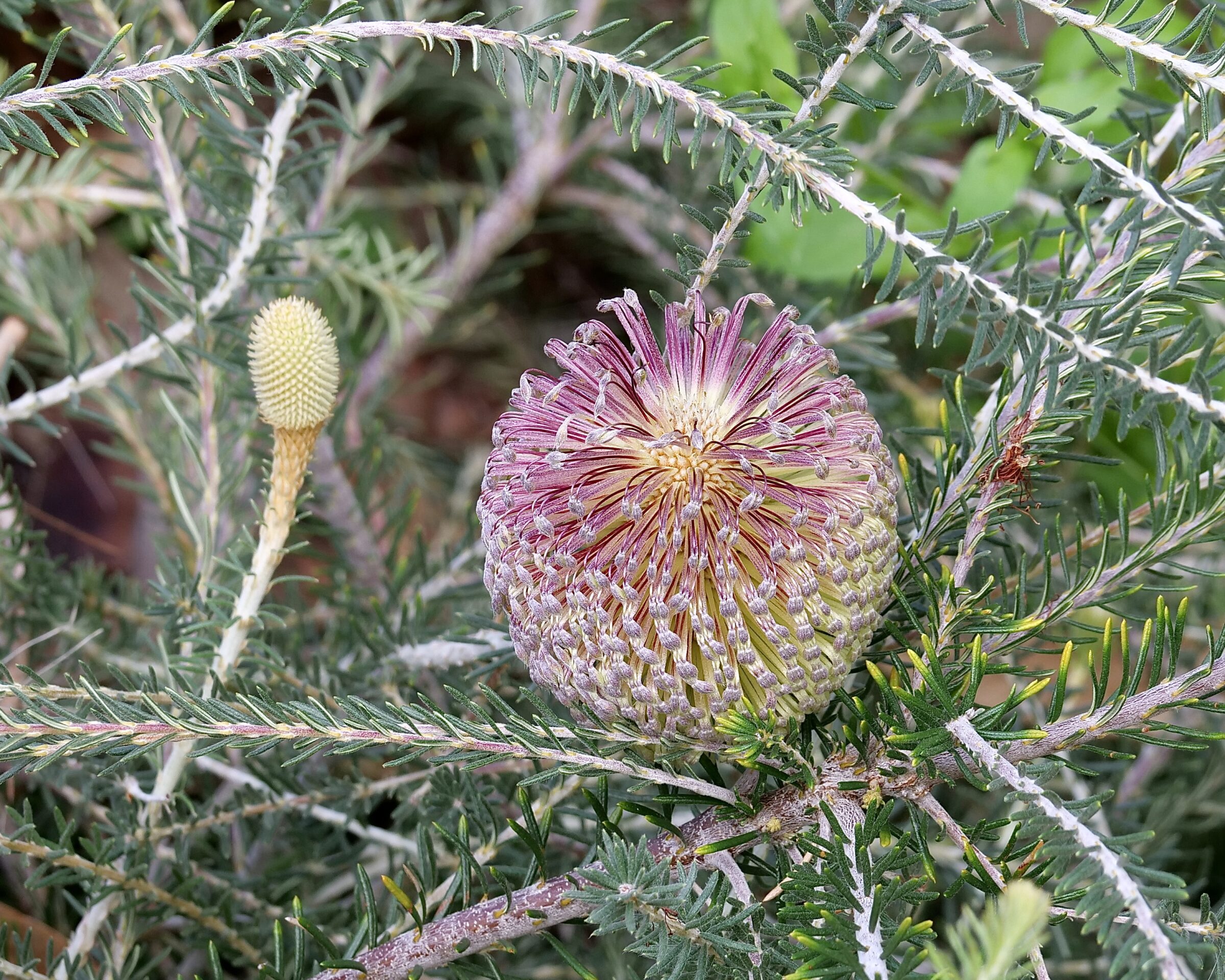On the first day of October in 1872 the British Parliament declared a Reserve on Perth’s Mount Eliza,
The new Perth Park overlooked the then decidedly modest capital of the Colony of Western Australia.
In 1901 Perth Park was renamed Kings Park, following the coronation of King Edward VII.
Until more than a decade into the 1900s, Perth was smaller than not a few of eastern Australia’s country towns.
Paradoxically, one reason why Perth managed to have a bigger, wilder – and, arguably, more wonderful, and equally central – city park than New York’s Central Park is that when it was p/reserved, Kings Park’s site would have been viewed as utterly superfluous to Perth’s future urban expansion.
In 1849 Perth’s population was 1148.
In 1891 it was yet to top 8,500.
In 1911 the population was still only 31,300.
In 2022 it is more than two million, and Kings Park sits adjacent to the CBD.
(Adelaide today is a much smaller metropolis than Perth, but the reverse was true for the two cities’ first 125 years. in 1891 Adelaide already had 133,252 residents. In 1911 Adelaide was home to 189,646 people. Perth’s population passed Adelaide’s in 1983. Since then, Perth has added more residents than Adelaide had residents in 1983)
Originally envisaged as a British Imperial, Eurocentric, Victorian Era kind of city park/botanic garden, Kings Park has turned into something else, entirely.
Click here to see a recent ABC News story which tells and illustrates the story of how this happened.
The photo is copyright Doug Spencer, taken in Kings Park’s Banksia Garden at 2.14 pm on 27 June 2022.
